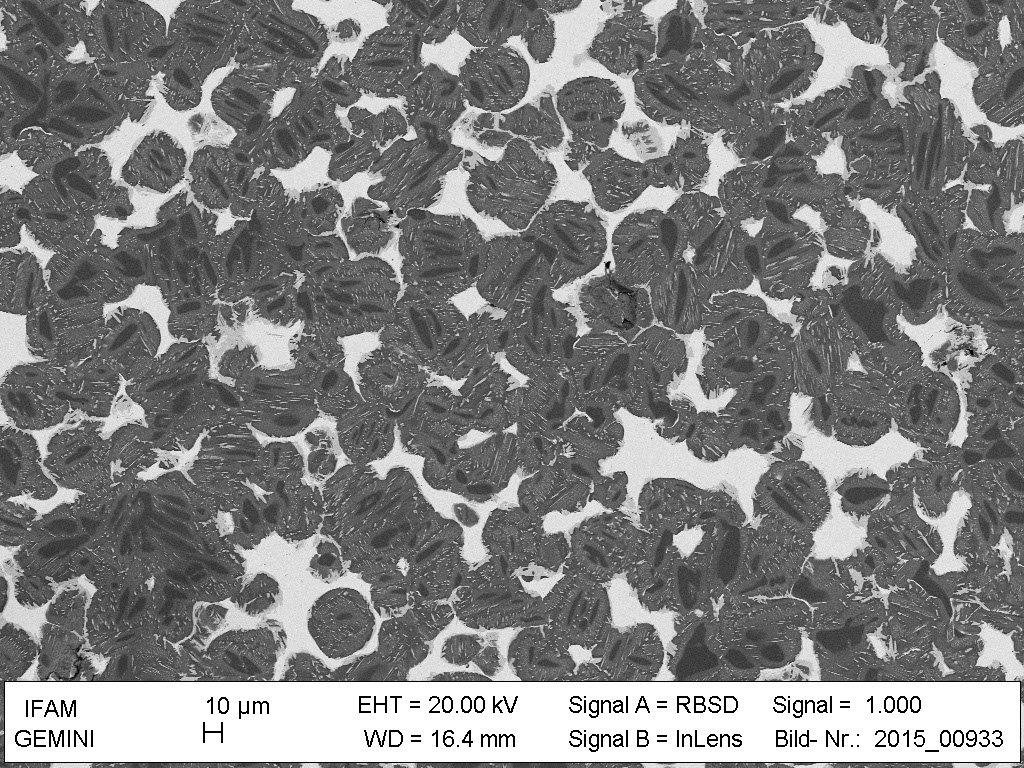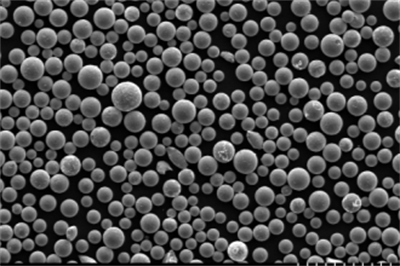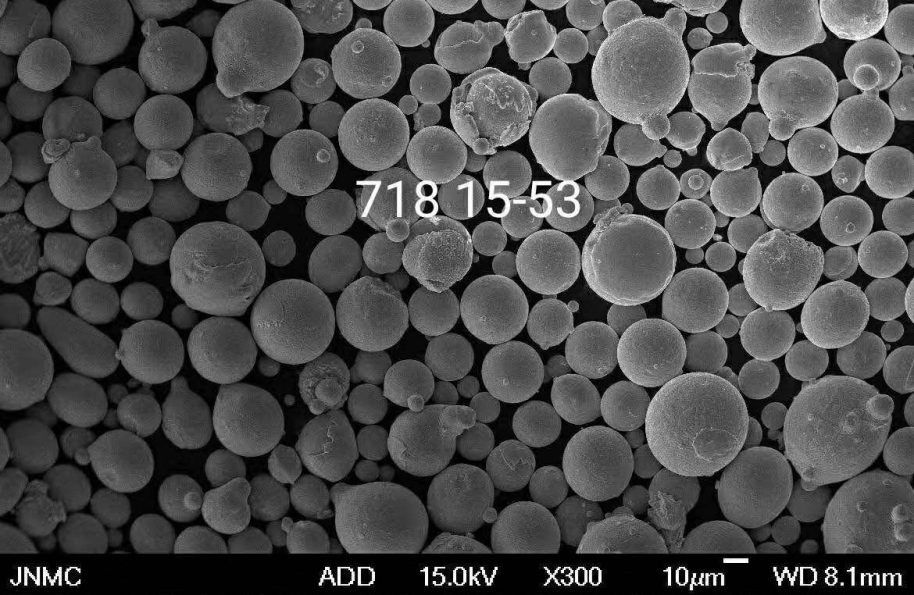Introduction
What is metal powder in 3D printing?
Metal powder in 3D printing refers to the finely ground particles of metal that are used as the raw material for creating metal objects through additive manufacturing. These powders are specifically designed for use in 3D printers and come in a variety of metals, such as titanium, stainless steel, aluminum, and more. The quality and composition of the metal powder play a crucial role in determining the strength, durability, and overall performance of the printed metal objects. Therefore, it is essential to choose the right metal powder for your 3D printing projects to achieve the desired results and meet the specific requirements of the application.
Importance of choosing the right metal powder
Choosing the right metal powder is of utmost importance when it comes to 3D printing projects. The quality and properties of the metal powder directly impact the final outcome of the printed object. Different metals have varying characteristics, such as strength, durability, and conductivity, which make them suitable for specific applications. By selecting the appropriate metal powder, you can ensure that your 3D printed objects meet the desired specifications and perform as intended. Additionally, the right metal powder can enhance the overall efficiency and cost-effectiveness of the printing process, resulting in high-quality and precise prints. Therefore, understanding the importance of choosing the right metal powder is crucial for successful 3D printing projects.
Overview of the article
The article ‘Tips for Choosing the Right Metal Powder for your 3D Printing Projects’ provides valuable insights into the process of selecting the appropriate metal powder for 3D printing. The overview of the article introduces readers to the importance of choosing the right metal powder and highlights the impact it has on the final outcome of 3D printing projects. It discusses various factors that need to be considered, such as material properties, compatibility with the printing technology, and desired project requirements. By understanding these key considerations, readers will gain a comprehensive understanding of how to make informed decisions when selecting metal powders for their 3D printing projects.
Factors to Consider

Material properties
When it comes to 3D printing, selecting the right metal powder is crucial for achieving the desired results. The material properties of the metal powder play a significant role in determining the strength, durability, and overall quality of the printed object. Factors such as particle size, composition, and purity can greatly impact the printing process and the final product. It is important to consider the specific requirements of your project and choose a metal powder that aligns with those needs. Whether you are looking for high strength, heat resistance, or corrosion resistance, understanding the material properties of different metal powders is essential for successful 3D printing projects.
Compatibility with 3D printer
When choosing a metal powder for your 3D printing projects, it is essential to consider its compatibility with your 3D printer. Not all metal powders are suitable for every type of 3D printer, so it is important to check the specifications and requirements of your printer before making a decision. Factors such as particle size, flowability, and melting point of the metal powder can affect its compatibility with the printer. Additionally, some printers may require specific types of metal powders or may have limitations on the materials they can use. By ensuring that the metal powder is compatible with your 3D printer, you can achieve better print quality and avoid any potential issues during the printing process.
Cost and availability
When it comes to choosing the right metal powder for your 3D printing projects, cost and availability are important factors to consider. The cost of metal powders can vary depending on the type of metal and its quality. Some metals may be more expensive than others, and certain powders may be harder to find or in limited supply. It’s essential to research and compare prices from different suppliers to ensure you’re getting the best value for your money. Additionally, consider the availability of the metal powder you need. If a particular powder is difficult to source or has long lead times, it may delay your project or increase costs. Therefore, it’s crucial to assess the cost and availability of metal powders before making a decision.
Types of Metal Powders

Stainless steel
Stainless steel is a popular choice of metal powder for 3D printing projects due to its excellent strength, durability, and corrosion resistance. It is widely used in various industries, including aerospace, automotive, and medical. The versatility of stainless steel allows for the creation of complex and intricate designs with high precision. Additionally, stainless steel powders are readily available and offer a cost-effective solution for 3D printing applications. Whether you are printing functional prototypes or end-use parts, choosing stainless steel as your metal powder ensures reliable and long-lasting results.
Titanium
Titanium is a popular choice of metal powder for 3D printing projects due to its excellent strength-to-weight ratio and corrosion resistance. It is known for its high melting point, which allows for the creation of complex and durable parts. Titanium also offers biocompatibility, making it suitable for medical and aerospace applications. Its unique properties make it a versatile material for a wide range of industries. When choosing titanium powder for 3D printing, it is important to consider factors such as particle size, purity, and cost to ensure optimal results.
Aluminum
Aluminum is a popular choice of metal powder for 3D printing projects due to its lightweight and high strength-to-weight ratio. It is widely used in various industries, including aerospace, automotive, and consumer electronics. The versatility of aluminum allows for the creation of complex and intricate designs, making it ideal for prototyping and manufacturing applications. Additionally, aluminum powders can be easily recycled, making them an environmentally friendly option. When choosing aluminum powder for your 3D printing projects, consider factors such as particle size, purity, and compatibility with your specific printing technology. Overall, aluminum is a reliable and versatile metal powder that can help you achieve high-quality results in your 3D printing projects.
Applications

Aerospace industry
The aerospace industry has been one of the key sectors benefiting from the advancements in 3D printing technology. With the ability to create complex and lightweight components, 3D printing has revolutionized the way aerospace parts are manufactured. When it comes to choosing the right metal powder for 3D printing in the aerospace industry, there are several factors to consider. These include the desired mechanical properties, such as strength and durability, as well as the material’s resistance to high temperatures and corrosion. Additionally, the powder’s particle size and shape can also impact the final product’s quality and performance. It is essential for aerospace engineers and manufacturers to carefully evaluate and select the most suitable metal powder to ensure the successful production of high-quality and reliable aerospace components.
Medical field
In the medical field, choosing the right metal powder for 3D printing projects is crucial. With the advancements in technology, 3D printing has become an integral part of medical research, prosthetics, and surgical planning. The choice of metal powder plays a significant role in ensuring the durability, biocompatibility, and precision of the printed medical devices. Factors such as material strength, corrosion resistance, and biocompatibility need to be considered when selecting the metal powder for medical applications. Additionally, the ability to achieve complex geometries and intricate designs through 3D printing allows for customized medical implants and instruments, enhancing patient-specific treatments. Therefore, careful consideration and evaluation of metal powders are essential in the medical field to ensure the success and effectiveness of 3D printing projects.
Automotive sector
The automotive sector is one of the key industries that can greatly benefit from the use of metal powder in 3D printing. With the advancements in additive manufacturing technology, automotive manufacturers are now able to produce complex and lightweight parts with high precision and strength. Metal powders such as titanium, aluminum, and stainless steel are commonly used in the automotive sector for various applications including engine components, chassis parts, and exhaust systems. The use of metal powder in 3D printing allows for faster production times, reduced material waste, and improved design flexibility. As the automotive industry continues to evolve, the demand for high-quality metal powders for 3D printing will only continue to grow.
Testing and Quality Control

Mechanical testing
Mechanical testing is an essential aspect of choosing the right metal powder for 3D printing projects. It involves evaluating the mechanical properties of the printed parts, such as strength, hardness, and durability. By conducting rigorous mechanical testing, manufacturers can ensure that the selected metal powder meets the specific requirements of the project, resulting in high-quality and reliable 3D printed products. Additionally, mechanical testing allows for the identification of any potential weaknesses or flaws in the printed parts, enabling adjustments to be made to optimize the printing process. Overall, mechanical testing plays a crucial role in the selection and optimization of metal powders for 3D printing, ensuring the successful realization of the desired project outcomes.
Microstructural analysis
Microstructural analysis is an essential aspect of choosing the right metal powder for 3D printing projects. By examining the microstructure of a metal powder, engineers can gain valuable insights into its composition, grain size, and overall quality. This analysis helps determine the suitability of the powder for specific applications, ensuring that the final printed parts meet the desired mechanical and performance requirements. Additionally, microstructural analysis allows for the identification of any potential defects or impurities that may affect the integrity of the printed parts. Therefore, conducting a thorough microstructural analysis is crucial in selecting the optimal metal powder for successful 3D printing projects.
Certifications and standards
When choosing a metal powder for your 3D printing projects, it is important to consider certifications and standards. Certifications ensure that the powder meets specific quality and safety requirements, while standards provide guidelines for the manufacturing process. Look for powders that are certified by reputable organizations such as ISO or ASTM, as this ensures that the powder has been tested and approved for use in 3D printing. Additionally, consider the specific standards that are relevant to your project, such as aerospace or medical industry standards. By choosing a metal powder that meets the necessary certifications and standards, you can ensure the quality and reliability of your 3D printed parts.
Conclusion

Summary of key points
In summary, when it comes to choosing the right metal powder for your 3D printing projects, there are several key points to consider. Firstly, it is important to understand the specific requirements of your project, such as the desired strength, durability, and surface finish. Secondly, research and compare different types of metal powders available in the market, considering factors like cost, availability, and compatibility with your 3D printer. Additionally, take into account the post-processing requirements and the level of expertise needed to handle each type of metal powder. Lastly, seek recommendations from experts or experienced users to ensure you make an informed decision. By carefully considering these key points, you can select the most suitable metal powder for your 3D printing projects and achieve the desired results.
Importance of proper material selection
The importance of proper material selection in 3D printing cannot be overstated. Choosing the right metal powder for your 3D printing projects is crucial for achieving the desired results. Different metals have different properties and characteristics, and selecting the appropriate material can greatly impact the strength, durability, and overall quality of the printed object. Factors such as mechanical properties, thermal conductivity, and corrosion resistance should be carefully considered when deciding on the metal powder to use. Additionally, the compatibility of the material with the printing technology and the specific requirements of the project should also be taken into account. By making informed decisions about material selection, 3D printing enthusiasts and professionals can ensure that their creations meet the highest standards of performance and functionality.
Future developments in metal powder for 3D printing
Future developments in metal powder for 3D printing are expected to revolutionize the field of additive manufacturing. Researchers and engineers are constantly working on improving the quality, performance, and range of available metal powders for 3D printing. One major area of focus is the development of new alloys that offer enhanced strength, durability, and heat resistance. Another exciting development is the exploration of new metal powders that can be used to print complex geometries and intricate designs. Additionally, efforts are being made to optimize the production process of metal powders, making them more cost-effective and environmentally friendly. With these advancements, the possibilities for 3D printing with metal powders are endless, opening up new opportunities in industries such as aerospace, automotive, and healthcare.





